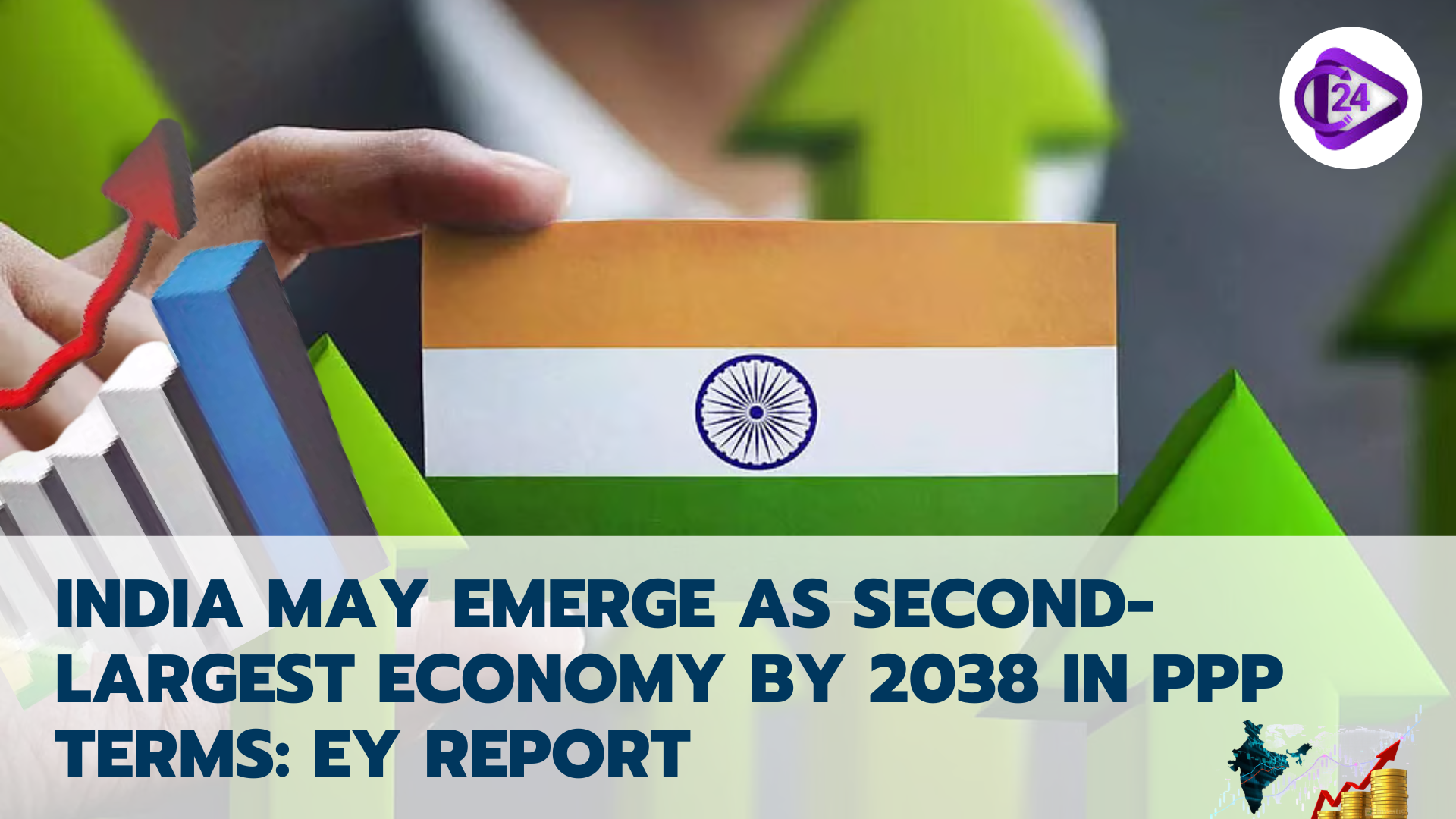
According to an EY report, India is set to be second largest in the world by the year 2038 in Purchasing Power Parity (PPP) terms with a GDP of USD 34.2 trillion. The young population, high rate of savings and the government debt-to-GDP ratio show a positive trend in the economic path of India, unlike its counterparts who are experiencing an increasing rate of debt. Structural reforms, strong fundamentals, and investments in essential technologies such as AI and renewable energy are additional drivers to the economic growth of the country. India will also emerge as the third-largest economy when measured on the basis of market exchange rate by 2028 and even overtake Germany.
Context
-
The report cites the demographic strength of India, good savings and fiscal discipline, which will ensure that India is ahead of other major economies in the next decades.
-
India stands in a unique position to achieve long term growth due to the positive demographic profile, reforms and investments in major sectors.
Key Points
India's Projected GDP and Economic Position by 2038
-
By 2038, the economy of India will be the second-largest economy in the world with an expected growth to USD 34.2 trillion (PPP).
-
The IMF estimates 20.7 trillion USD (PPP) by the year 2030 as the GDP of India.
India's Competitive Advantages
-
India has a median age of 28.8 years in 2025, which is one of the lowest in the large economies.
-
It possesses the second best level of savings rate, which facilitates a great level of investment and capital formation.
-
Unlike the rising levels of debt, the government debt-to-GDP ratio in India is expected to decrease in 2024 (81.3) to 2030 (75.8).
Challenges for Other Major Economies
-
China is estimated to have the biggest economy with USD 42.2 trillion (PPP) by 2030 though it is affected by such problems as ageing population and increasing debt.
-
The US has high debt levels which is over 120 percent of the GDP which can limit growth.
-
Germany and Japan are limited by the high median ages and dependence on world trade.
The potential of Long-Term Growth in India.
-
India is a combination of a young population, the increasing domestic demand and sustainable fiscal prospects that give it a good long term growth path.
-
The economy has been reinforced by structural reforms like GST, IBC, financial inclusion through UPI and production-linked incentives.
Impact of Emerging Technologies and Infrastructure Investment
-
The renewable energy, semiconductors, and AI focus of India are preconditioning the long-term economic capacity.
-
The infrastructure investments in the hands of the populace will boost the growth potentials, which will help the nation move towards Viksit Bharat (developed nation) by 2047.
India’s Projected Position by 2028
-
By 2028 India is likely to be the third-largest economy in terms of market exchange rates, passing Germany.
-
Despite the fact that the US tariffs are likely to affect 0.9% of the GDP of India, the effects will be alleviated due to proper countermeasures (e.g., export diversification, increased domestic demand, trade relations, etc.).
Conclusion
The demographics of India such as its youthful population, high rates of savings and investment, and fiscal discipline help the country to become the second-largest economy in terms of PPP in 2038. The concentration of the country on the most important changes, new technologies and the development of infrastructure will support the growth process. By 2028, India will overcome Germany and entrench its economy as a global powerhouse in the direction of its Viksit Bharat objective by 2047.



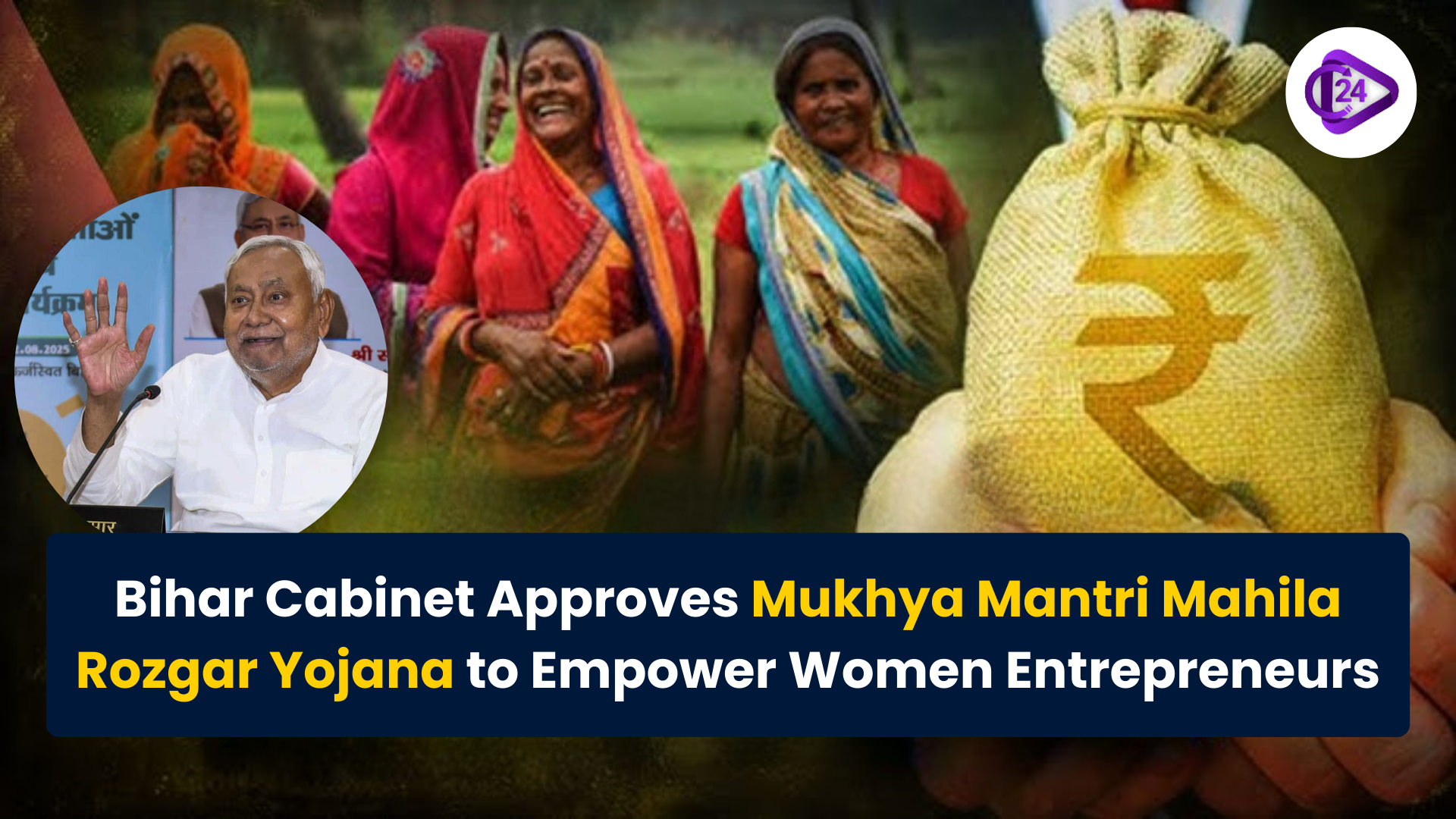 Bihar Cabinet Approves Mukhya Mantri Mahila Rozgar Yojana to Empower Women Entrepreneurs
Bihar Cabinet Approves Mukhya Mantri Mahila Rozgar Yojana to Empower Women Entrepreneurs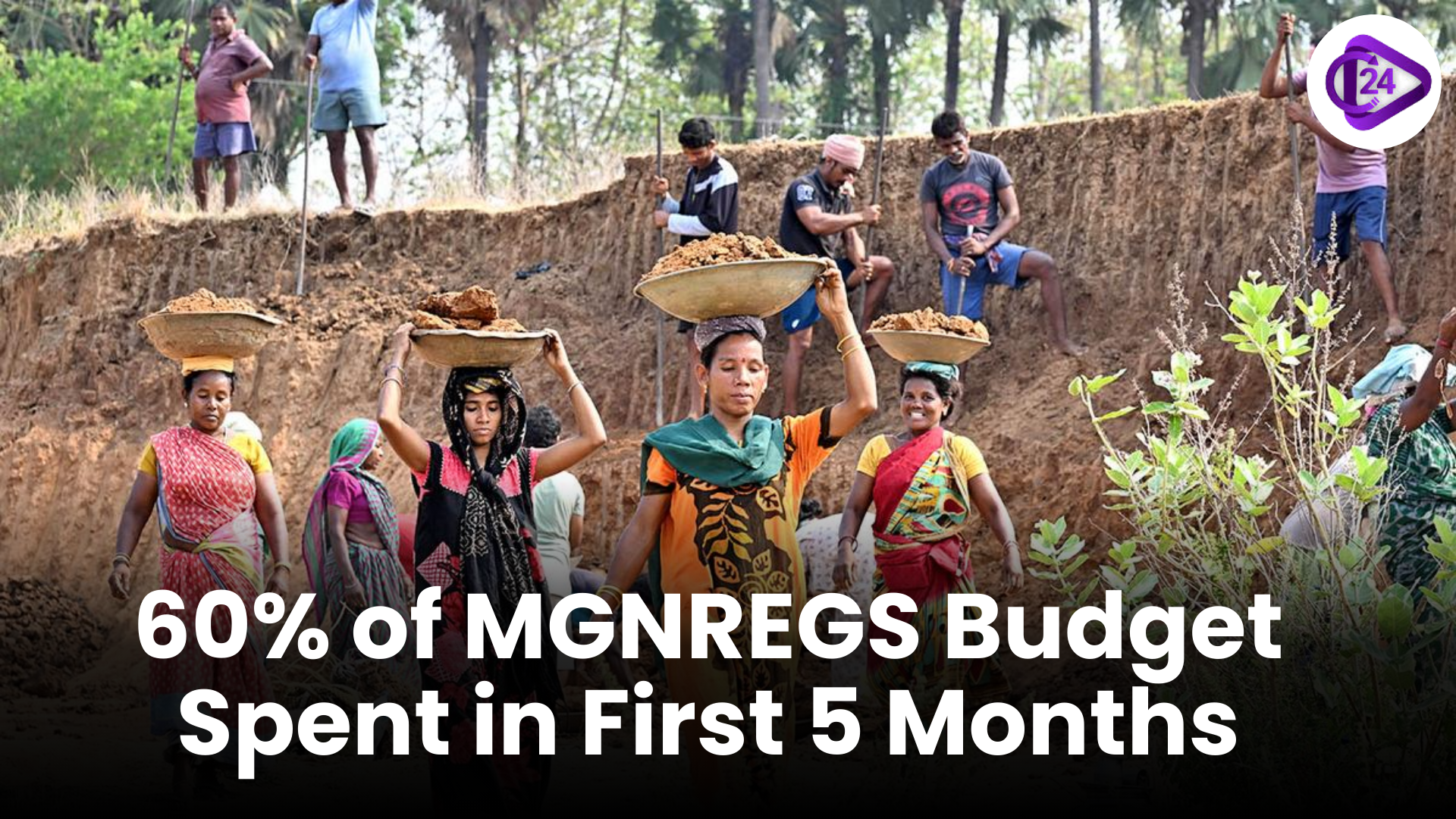 Nearly 60% of MGNREGS Budget Already Spent in First 5 Months of Financial Year
Nearly 60% of MGNREGS Budget Already Spent in First 5 Months of Financial Year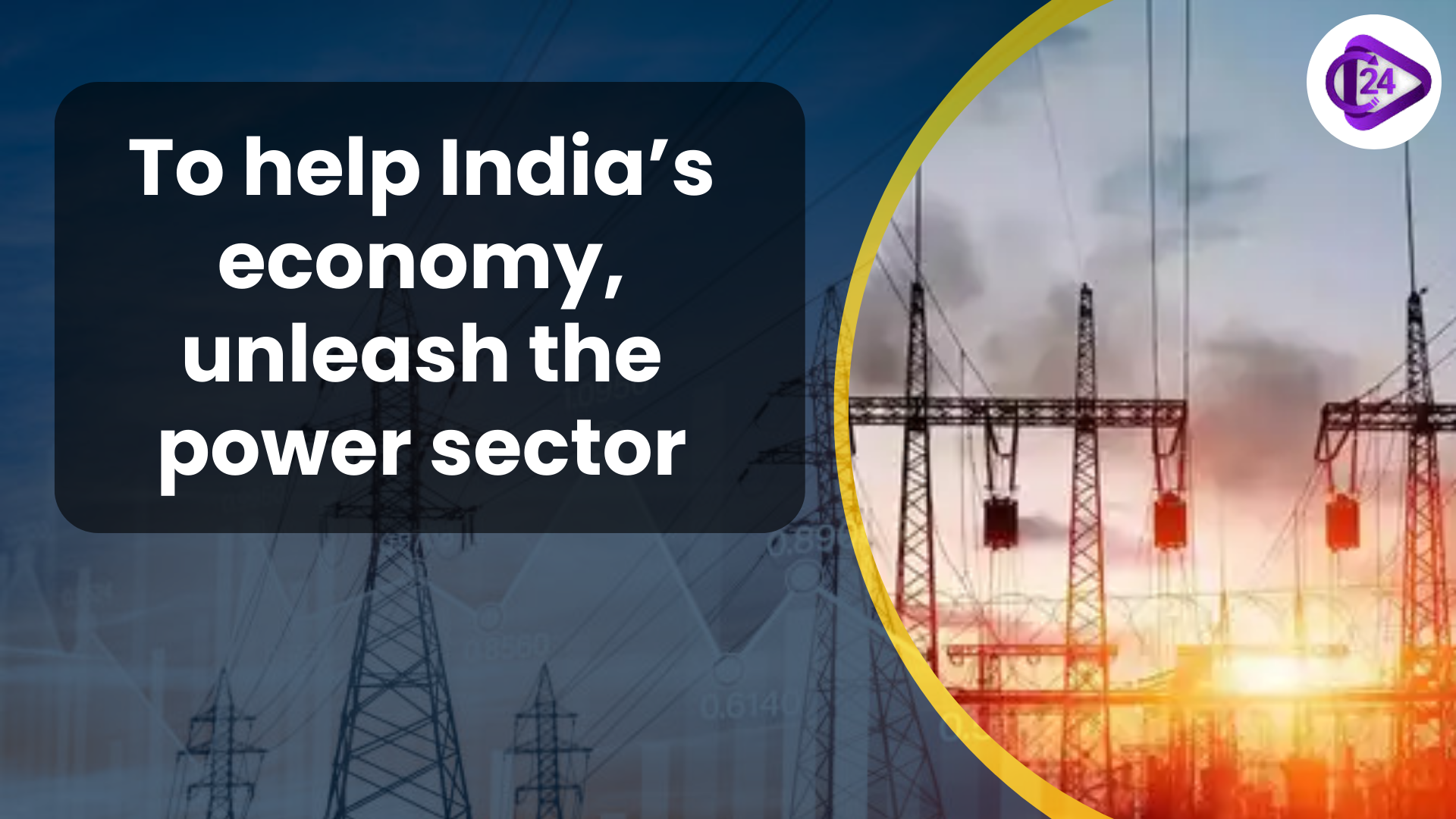 Unleashing India’s Power Sector: Key to Economic Competitiveness
Unleashing India’s Power Sector: Key to Economic Competitiveness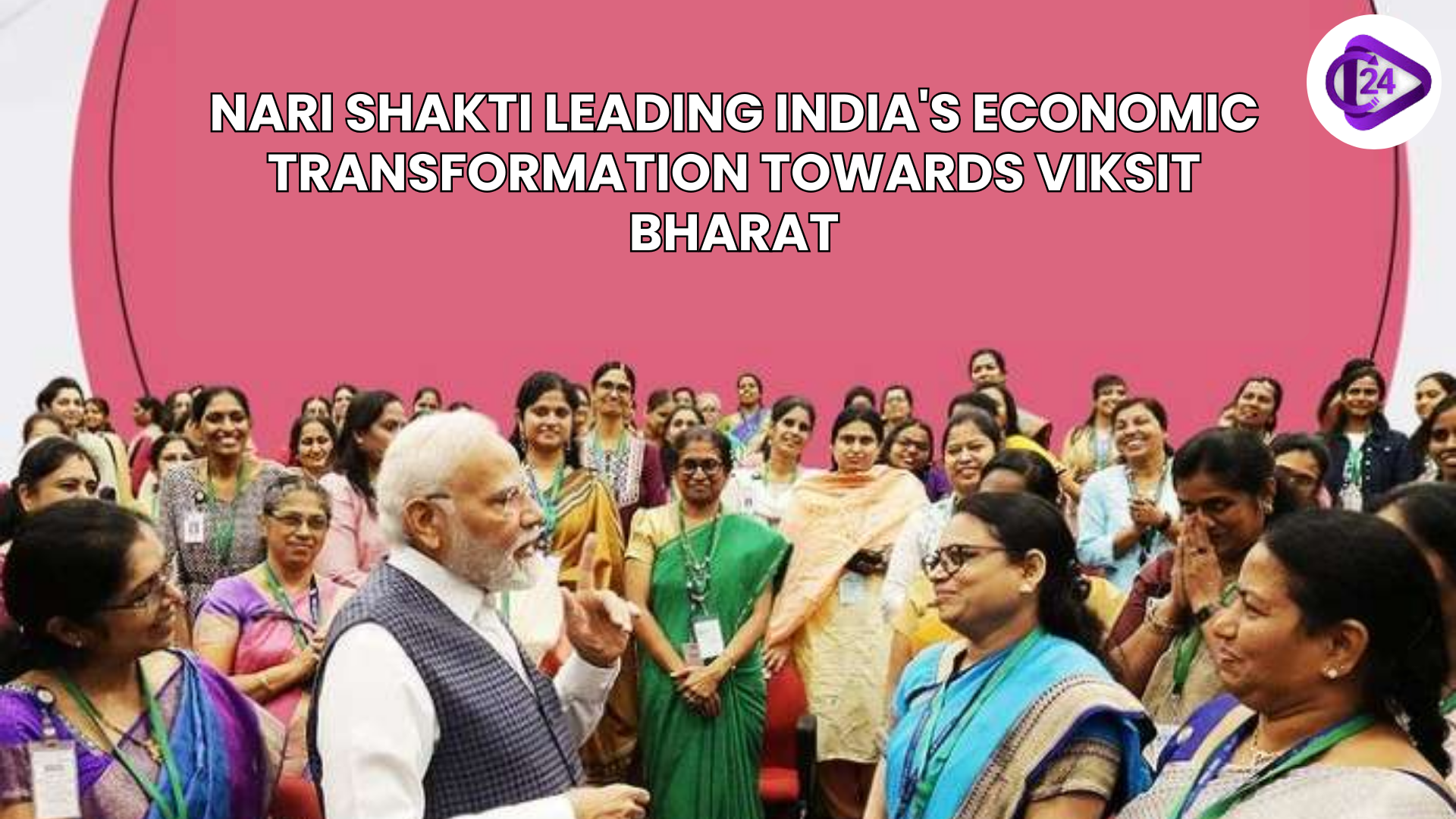 Nari Shakti Leading India's Economic Transformation Towards Viksit Bharat
Nari Shakti Leading India's Economic Transformation Towards Viksit Bharat PM Modi to Inaugurate SEMICON India 2025 – India’s Biggest Semiconductor & Electronics Show
PM Modi to Inaugurate SEMICON India 2025 – India’s Biggest Semiconductor & Electronics Show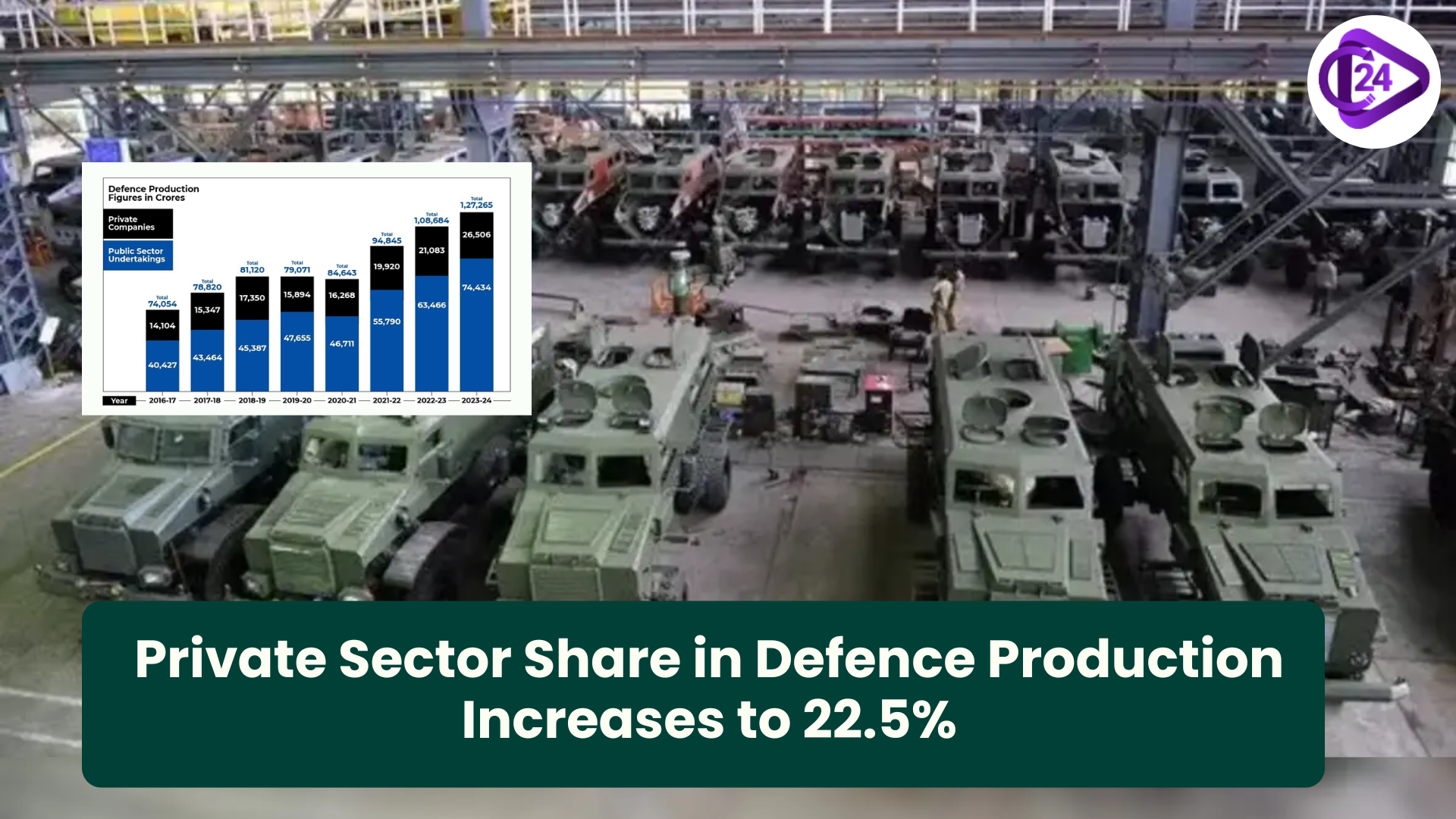 Private Sector Share in Defence Production Increases to 22.5%
Private Sector Share in Defence Production Increases to 22.5%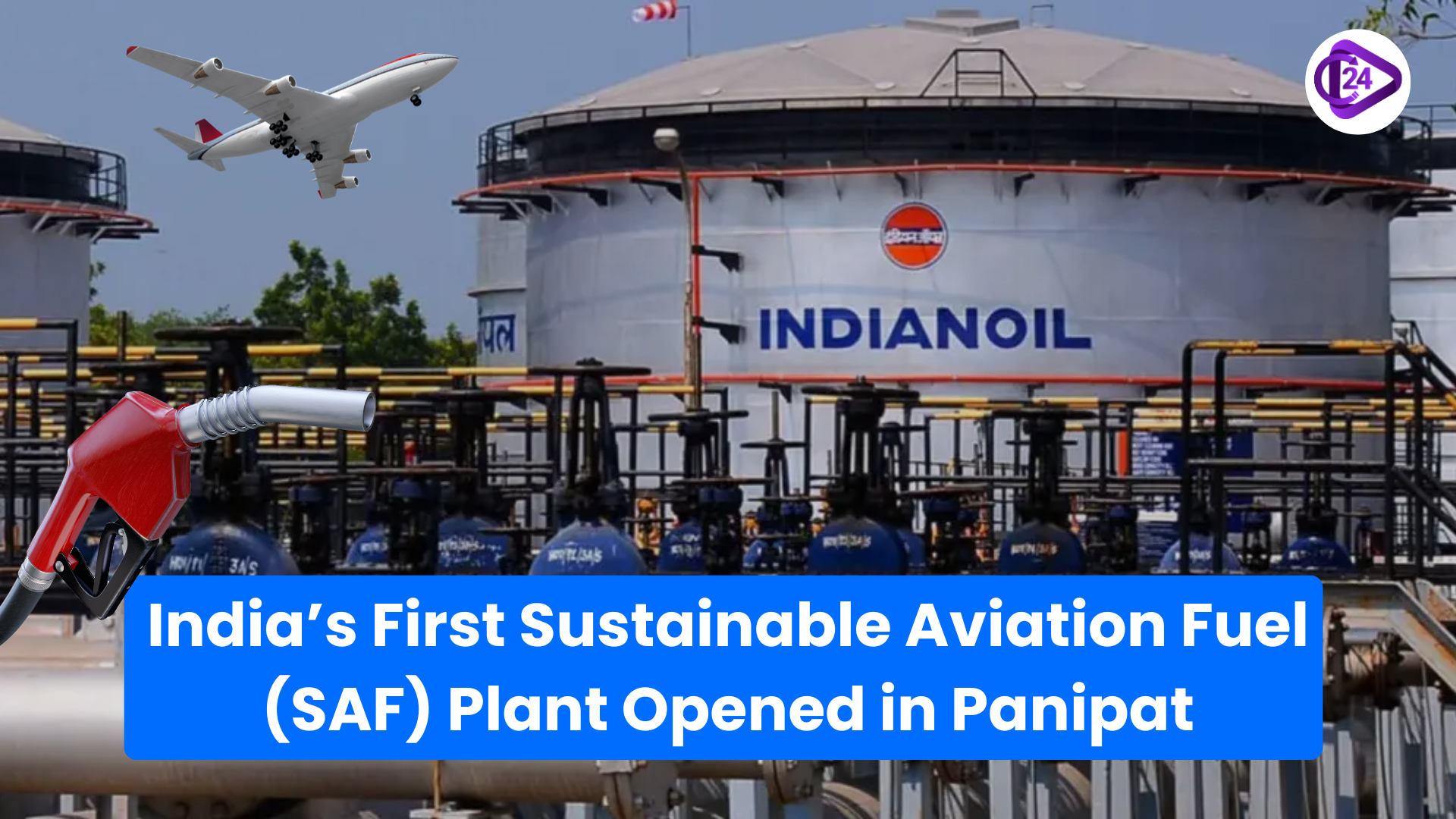 India’s First Sustainable Aviation Fuel (SAF) Plant – Used Cooking Oil
India’s First Sustainable Aviation Fuel (SAF) Plant – Used Cooking Oil India Becomes World’s Third-Largest Automobile Market: Nitin Gadkari
India Becomes World’s Third-Largest Automobile Market: Nitin Gadkari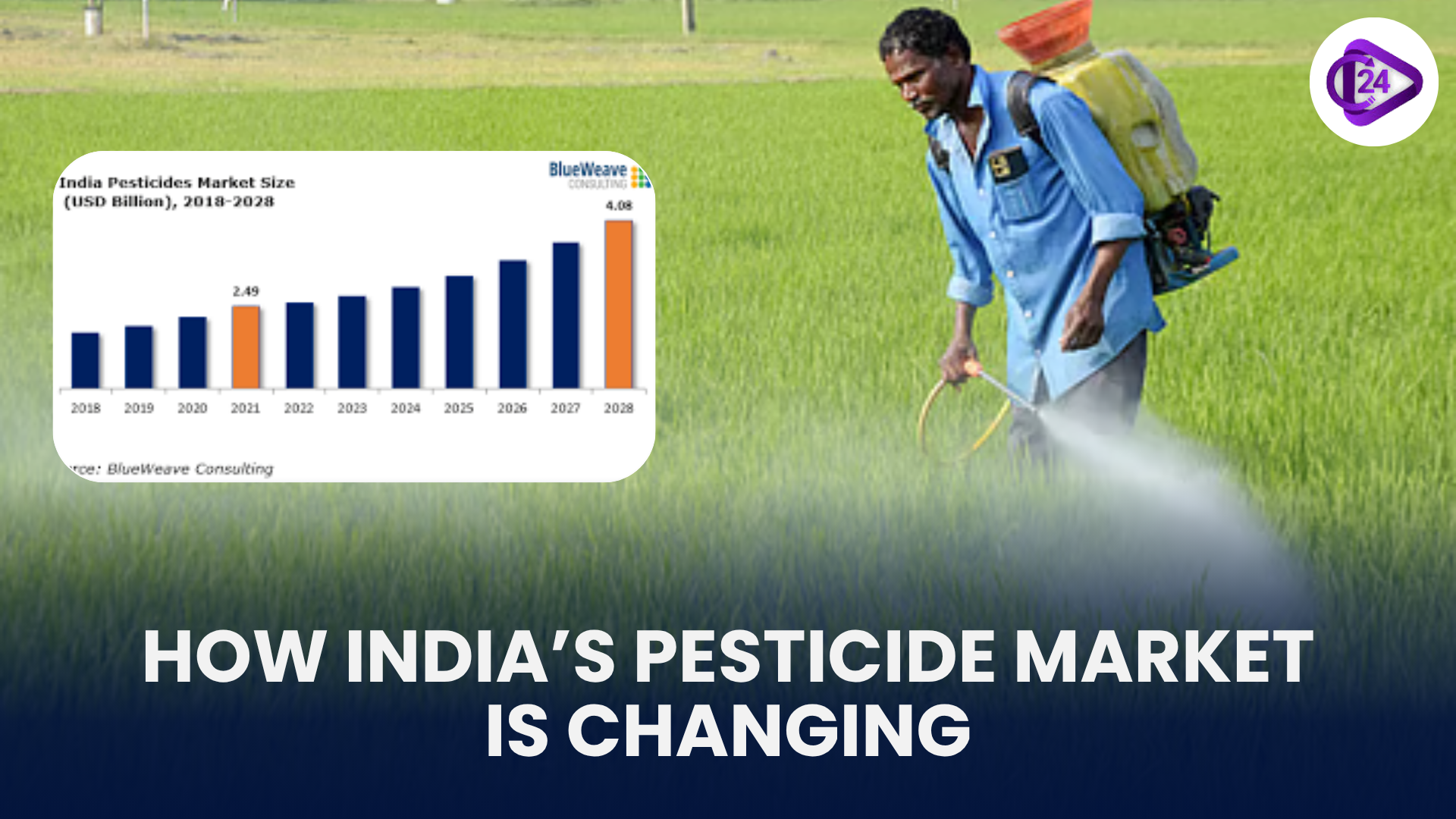 India’s Pesticide Market Sees Major Shift Towards Herbicides
India’s Pesticide Market Sees Major Shift Towards Herbicides






